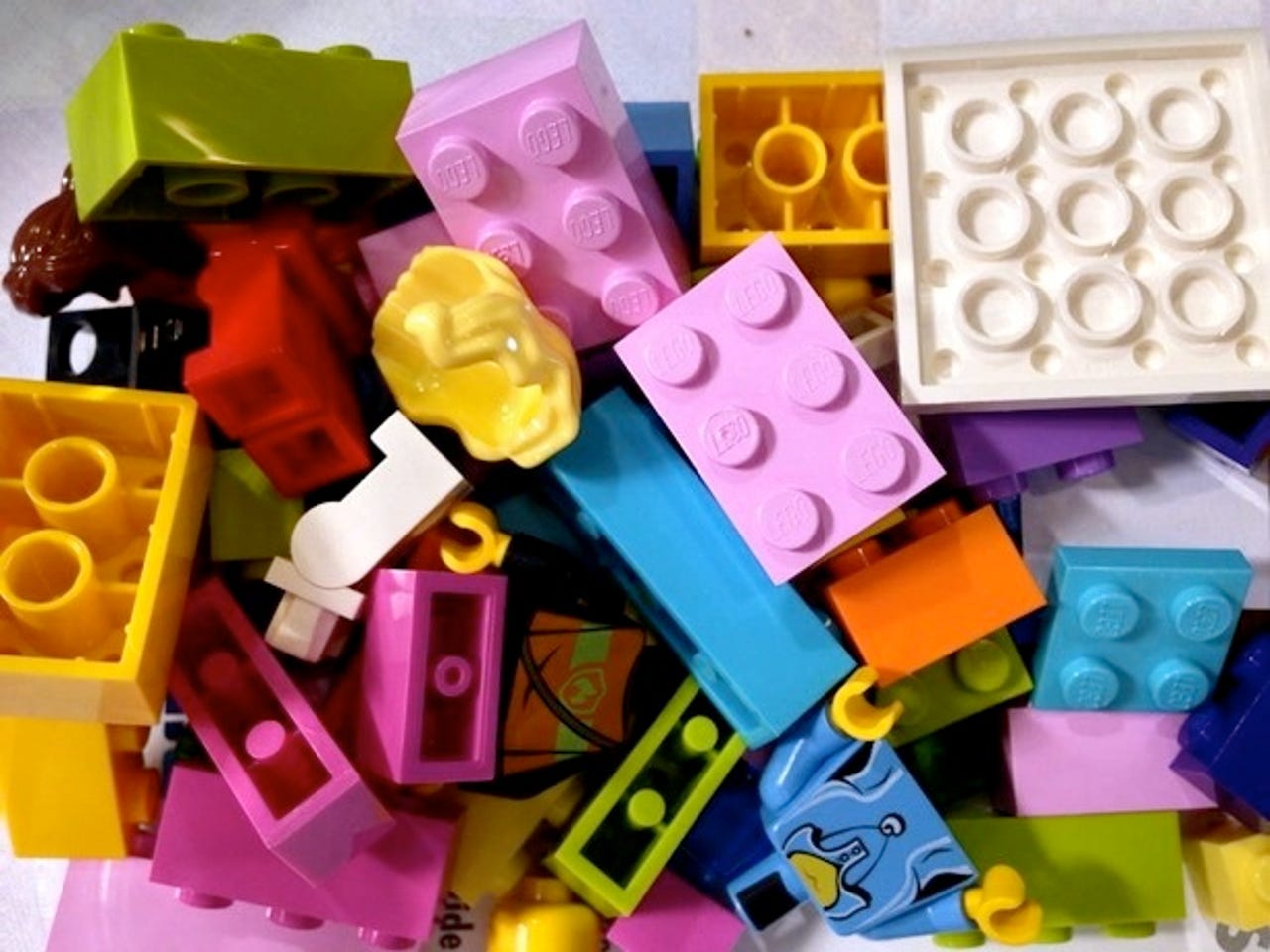Is the 'Maker Movement' the next Industrial Revolution?

SAN FRANCISCO---Just a few years ago, 3D was a buzz term synonymous primarily with entertainment and gadgets. Arguably, 3D turned out to be a fad that didn't take off that well -- at least as far as smartphones and HDTVs are concerned.
More about the 'Maker Movement'
But 3D printing, on the other hand, is actually garnering more attention and growing in popularity thanks to the business potential the technology offers to startups and small business owners.
Brit Morin, founder and CEO of the lifestyle startup Brit + Co., predicted during her company's first Re:Make summit at San Francisco's Fort Mason Center on Friday that the 3D printing space will grow to be a $6 billion market by 2017.
She hinted at the versatility of products that could be made her by virtually anyone with little training given that these devices can print ceramic metal, plastic, and even cookie dough.
Anderson quipped, "The next generation of industrial designers are going to be the kids that get 3D printers for Christmas this year."
Acknowledging that most 3D printers are still quite expensive for most consumers and even small businesses, Morin also forecasted that the prices of these machines will drop down to a few hundred dollars a pop within a few years, making what is being dubbed the "Maker Movement" itself much more accessible to the general public.
Chris Anderson, CEO of autonomous aircraft and open source drone maker 3D Robotics, hypothesized that this emerging movement around digital manufacturing is a modern iteration of the Industrial Revolution -- except now hundreds of tools can be combined, simplified and utilized within seconds through the click of a drop-down menu.
"That is a social revolution. That is why I'm so excited about the Maker Movement," Anderson remarked, positing that all that context and passion can be liberated through technology.
So why is this happening now?
"It's about the desktop moment, which has just arrived in the past five years," Anderson asserted, explaining further that personal computers have finally given way to the democratization of creative tools as well as distribution channels.
Morin posited it boils down to the following three factors: culture, human nature and technology.
Morin cited a Google Trends search for the phrase "how to," which has been constantly rising since 2009. She also highlighted a search for the term "Maker Movement," which according to the graph didn't even make the charts before 2008.
Wearing a brown leather belt with a 3D-printed gold color bow buckle, Morin pointed toward the open source movement, in particular, commenting on the growing trend of people giving their ideas and designs away for free.
Anderson also noted cloud-based software and storage as a key factor to transforming experimentation to entrepreneurship. He told the keynote audience that the message being transmitted to children by technology today is that "anything they can imagine, they can make."
Declaring the 3D printer as the "home computer of the 21st century," Anderson quipped, "The next generation of industrial designers are going to be the kids that get 3D printers for Christmas this year."
